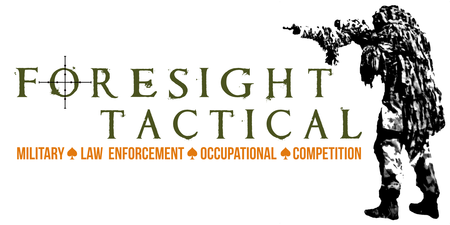Law enforcement officers perform a difficult and often thankless job. The men and women of the Thin Blue Line put on the uniform and go to work, never knowing for certain what they are going to encounter and always facing the very real prospect of being seriously injured, or worse. They do this while facing ever increasing scrutiny and with limited public support. In addition, the modern era has ushered in new threats to law enforcement, and the threat profile is constantly changing, meaning officers need to be more resourceful and more capable than ever. Given the harsh realities of law enforcement, it would be fair to say that good training is essential for officers.
And yet, sub-standard training still exists in some jurisdictions. For various reasons, some agencies have never validated their curriculum against international best practice, some agencies are aware of what best practice is but refuse to adopt it due to a lack of understanding, some agencies have good intent but the implementation and execution of their curriculum lets them down, and some agencies have even gone backwards with what they teach and how they teach it.
It is hard to fathom, but in the year 2017 there is more than one agency that believes initial firearms training for recruits should simply be a basic weapons handling and marksmanship qualification. The “rationale” behind this approach is that more “advanced skills” (such as effective use of cover and shooting on the move) can be conducted during in-service training courses after the recruit graduates. Once the hysterical laughter and cynical rage has subsided from the veteran street cops we will point out the very obvious reason why this tiered approach to training is fundamentally flawed for law enforcement.
A soldier goes through recruit training and then initial employment training before being posted to their unit. Once they are posted they undergo further training as part of their units training cycle and then they will get additional lead up training prior to being deployed on operations. A law enforcement officer completes their academy training one day and can be on the streets as early as the next day. The unpredictable nature of law enforcement means that a law enforcement officer could potentially end up in a gunfight the day after graduation. A good training program needs to work off this assumption to ensure the officer is adequately prepared. Whatever lifesaving skills they need, they need during initial training.
So what basic skills should be taught during initial law enforcement firearms training? A quick training needs analysis gives us four basic fight winning skills that should form the basis for any law enforcement firearms training. Shoot, move, angles, cover (SMAC). We will elaborate more on the SMAC concept in a later article but, for now, understand that once an officer knows how to do each of these four things, a fight just becomes a matter of task priority (determining which of these skills to use and in what order). For example, the officer may elect to run to cover and then shoot once they are there, they may shoot and then move to cover to establish a position of dominance from which to manage the aftermath, or they may shoot while moving to cover. The officer learns how to prioritise these tasks through repeated exposure to variables during well structured force on force training.
It has been over sixty years since Jeff Cooper started the Leatherslap competitions that were the forerunner to IPSC and over forty years since he founded the American Pistol Institute to promulgate the Modern Technique of the Pistol. Since that time, far greater minds than ours have built on his legacy and contributed to the development of small arms and personal defence doctrine as it stands today, and this has been further refined through lessons learned during the War on Terror. In this day and age, the information is readily available for those who are willing to seek it out so, regardless of how you try to justify it, there really is no excuse for teaching crap.

